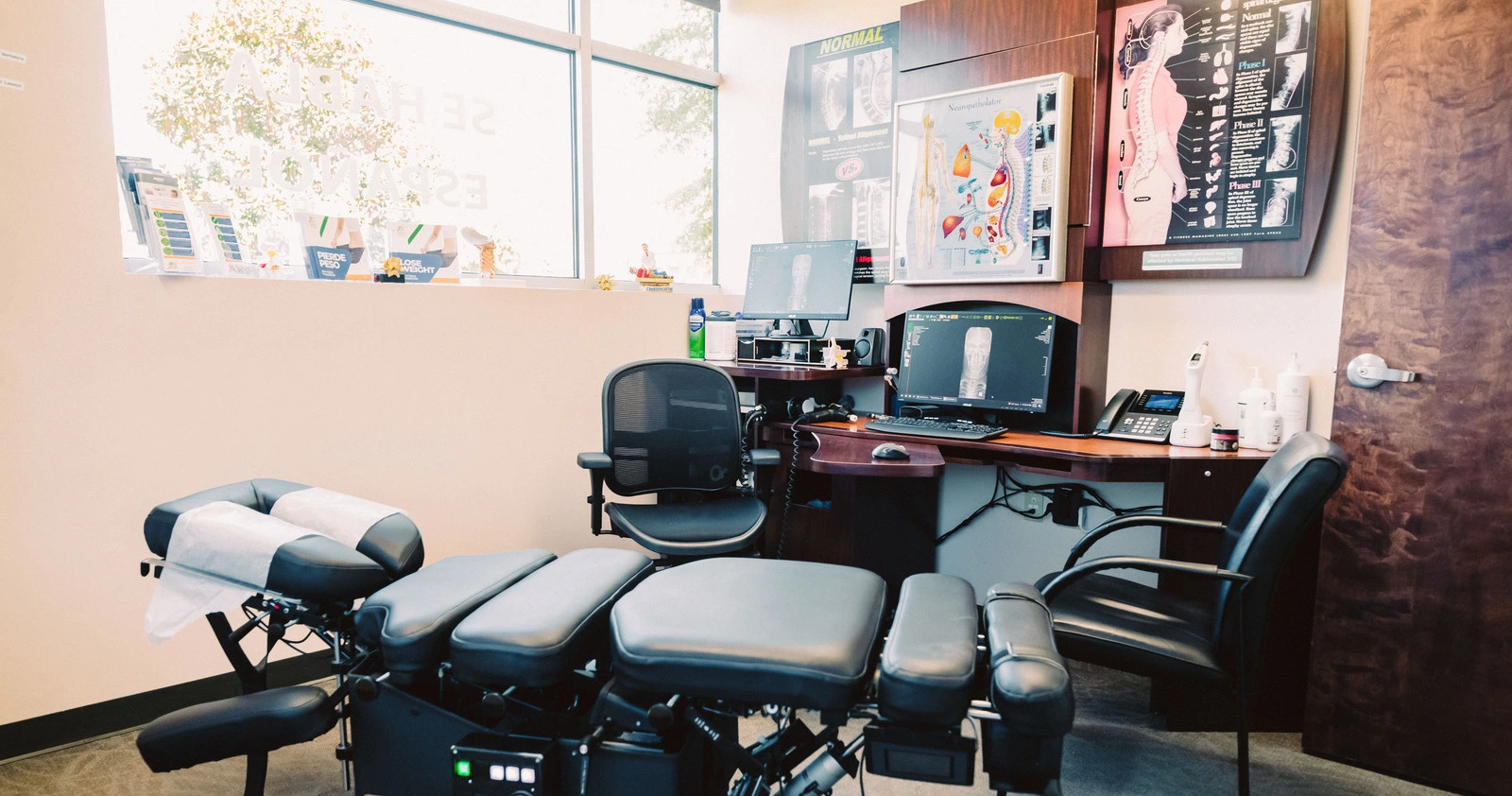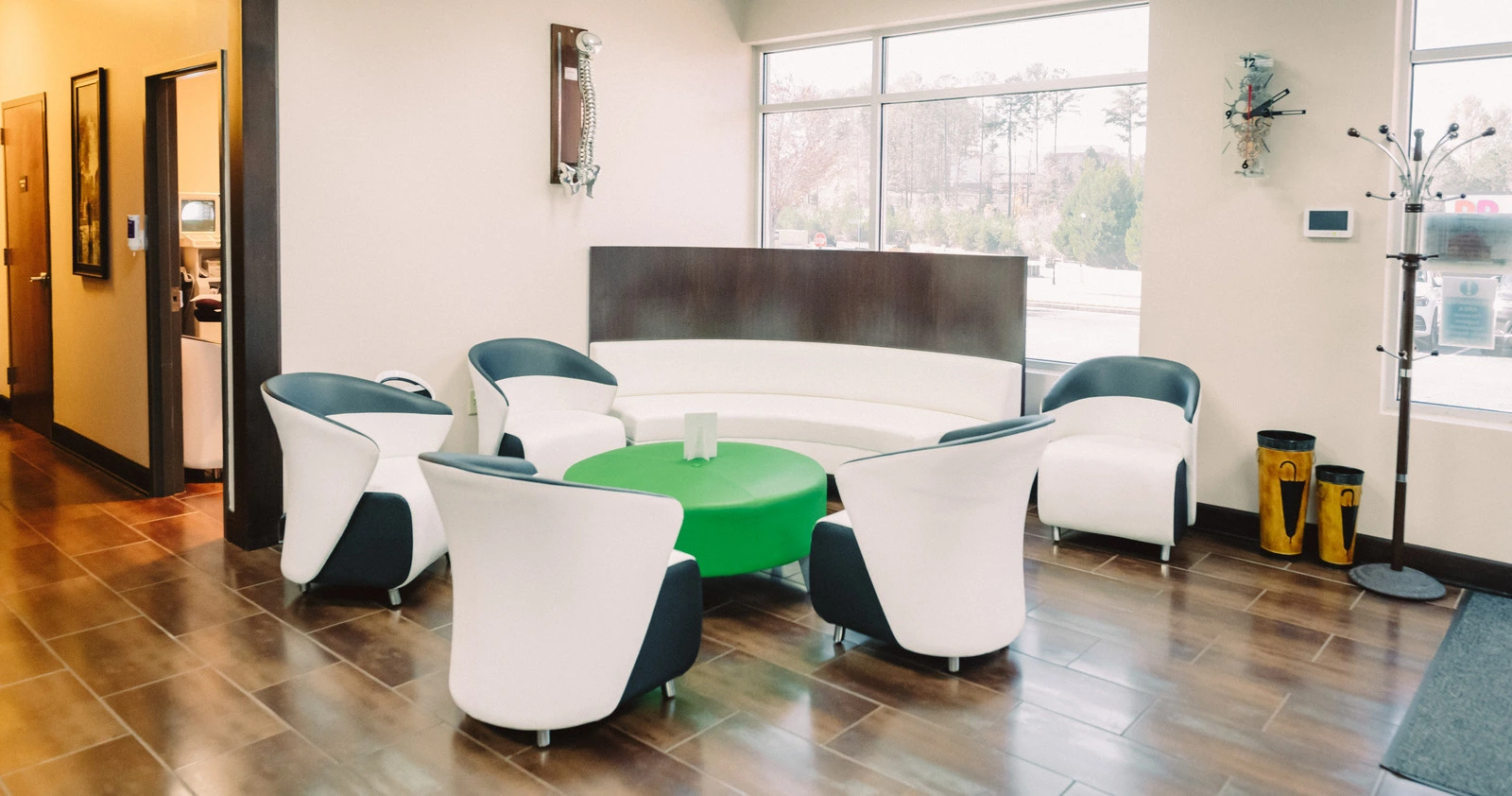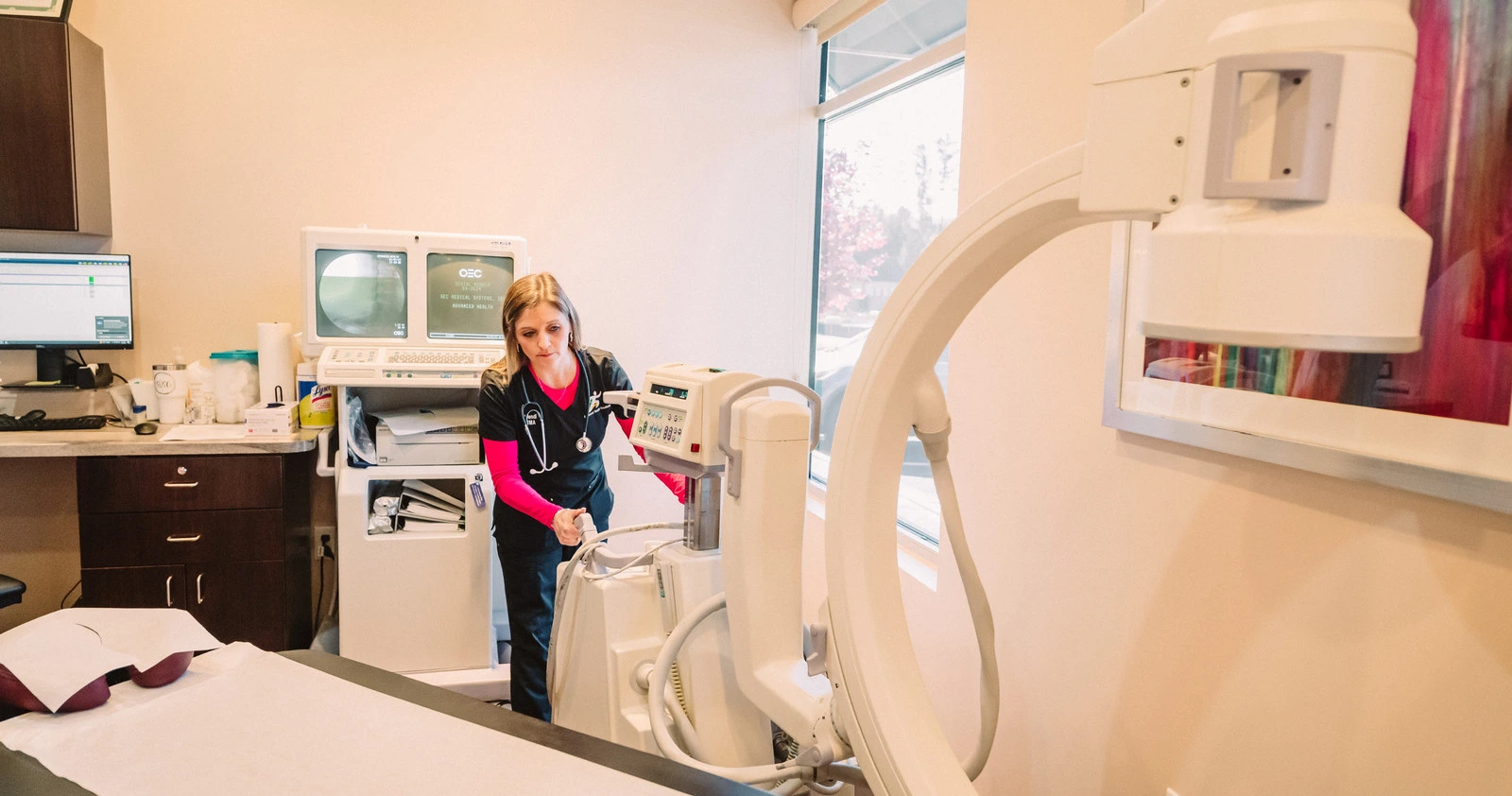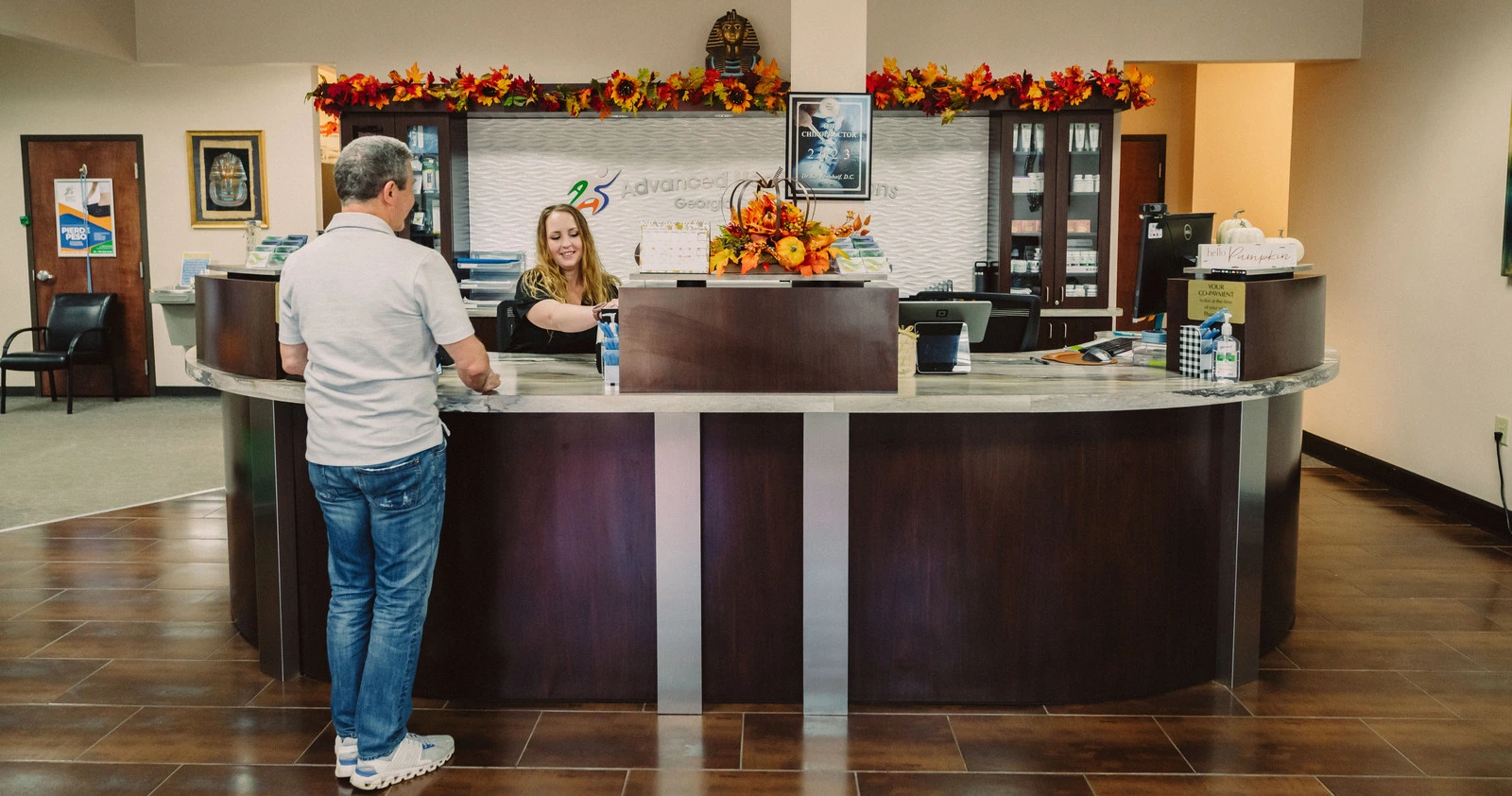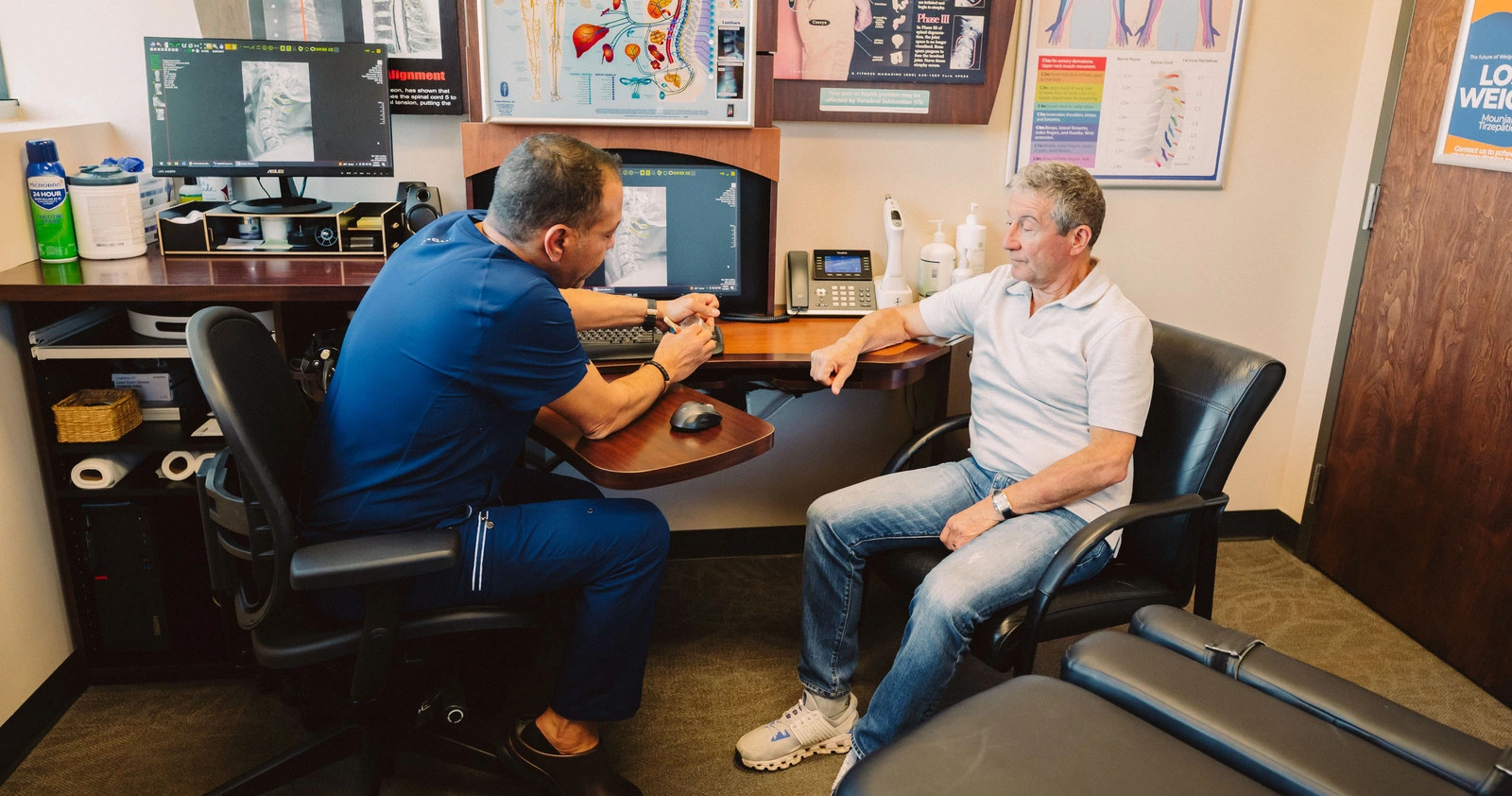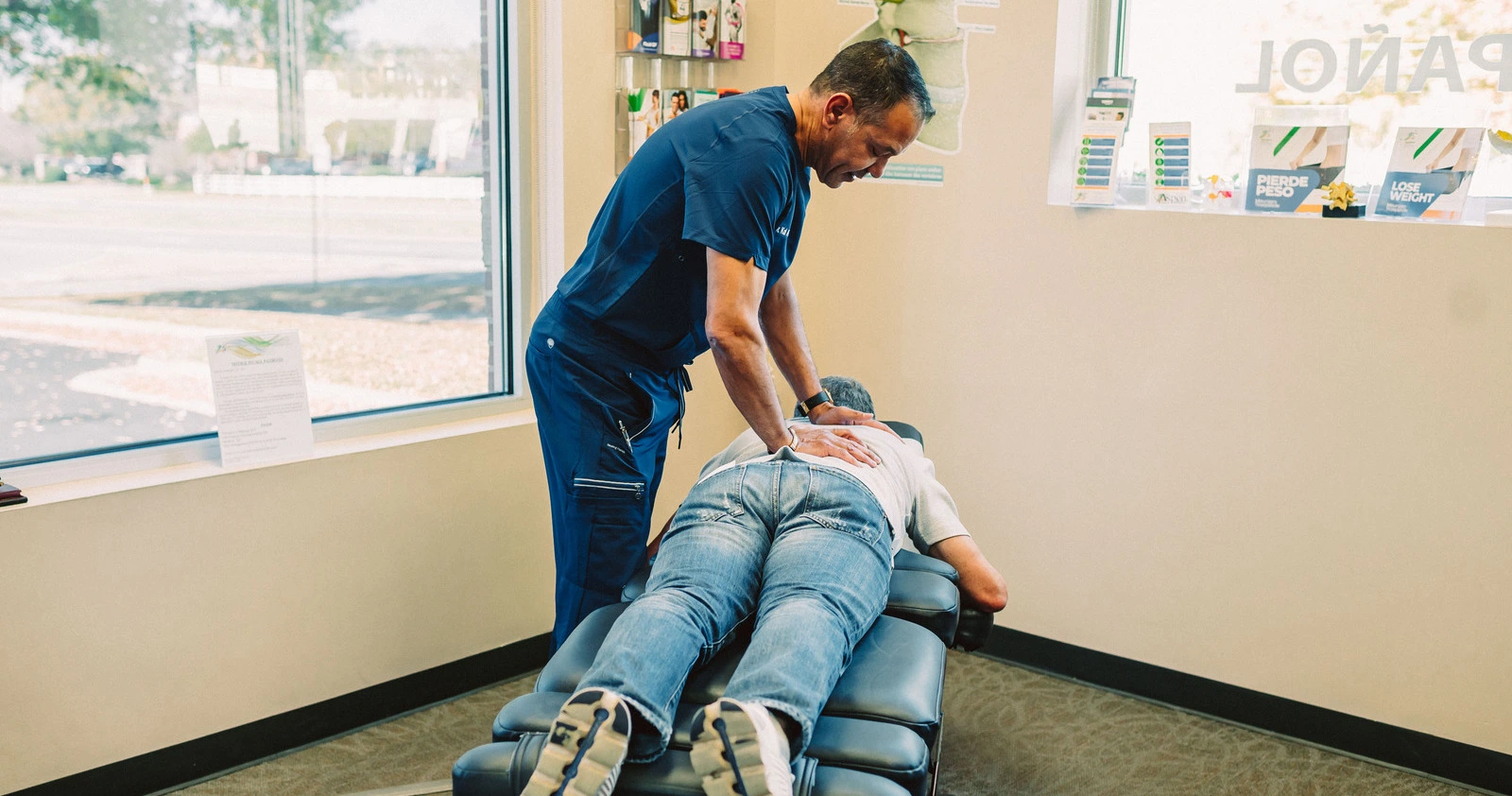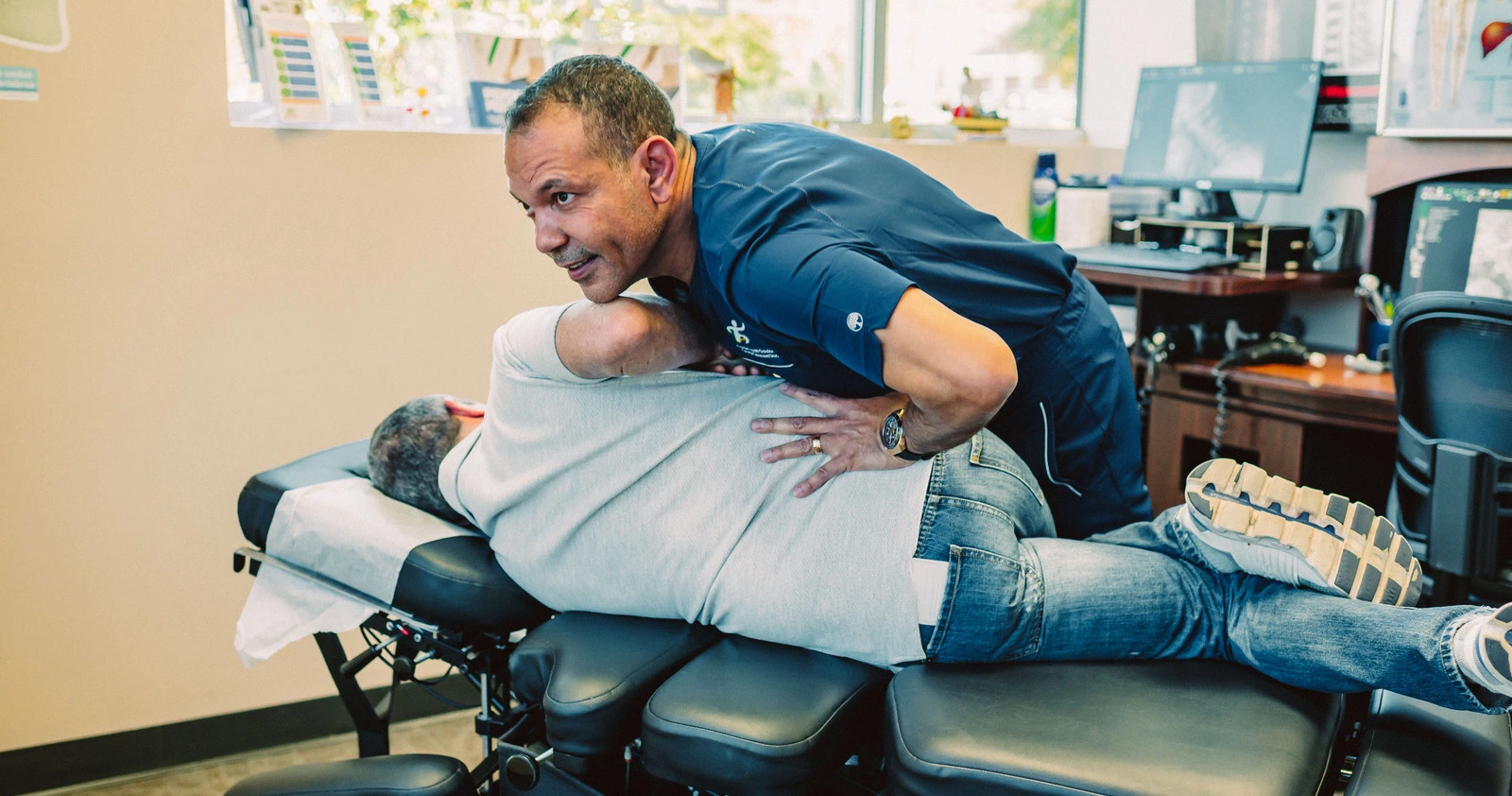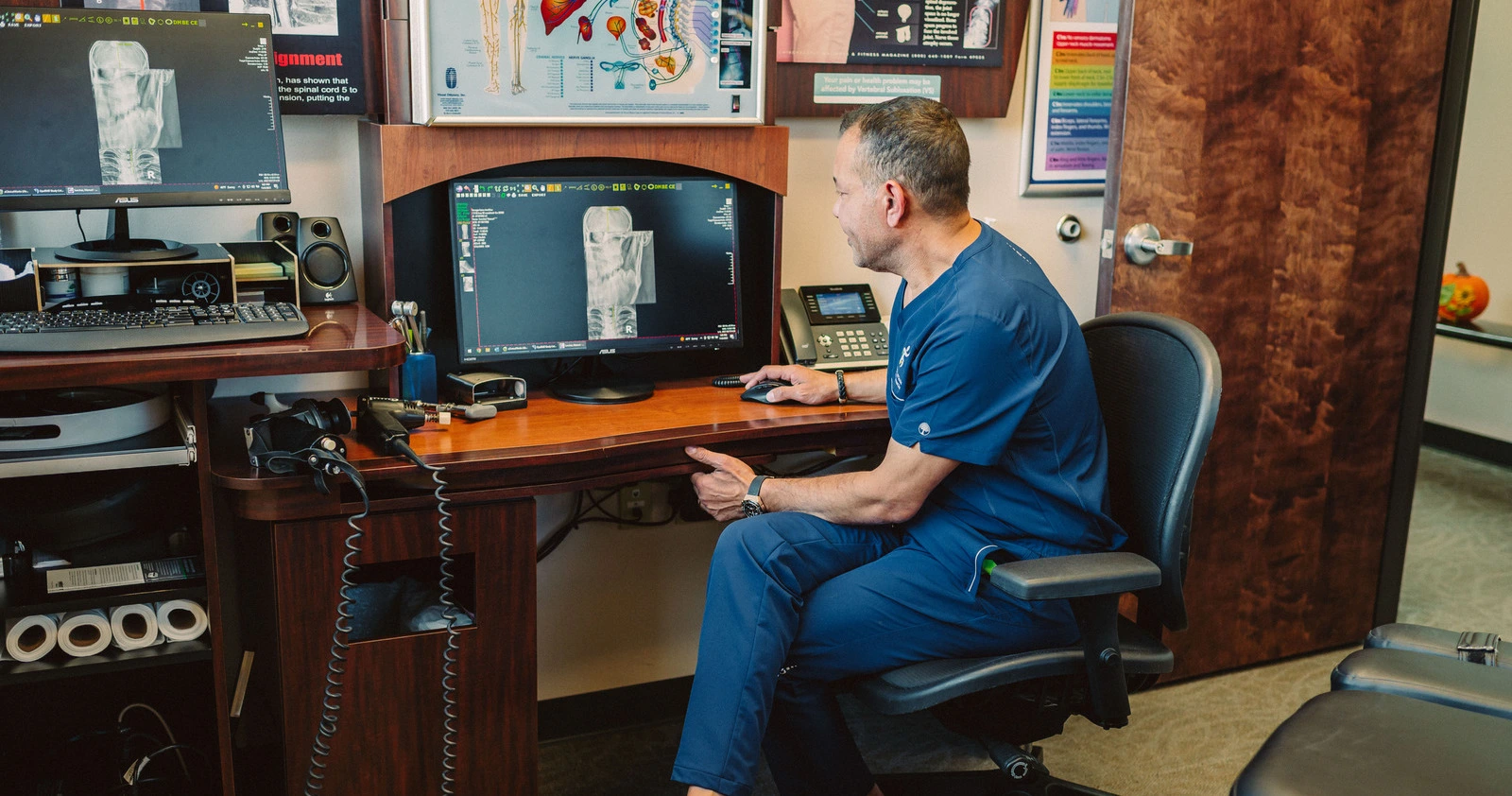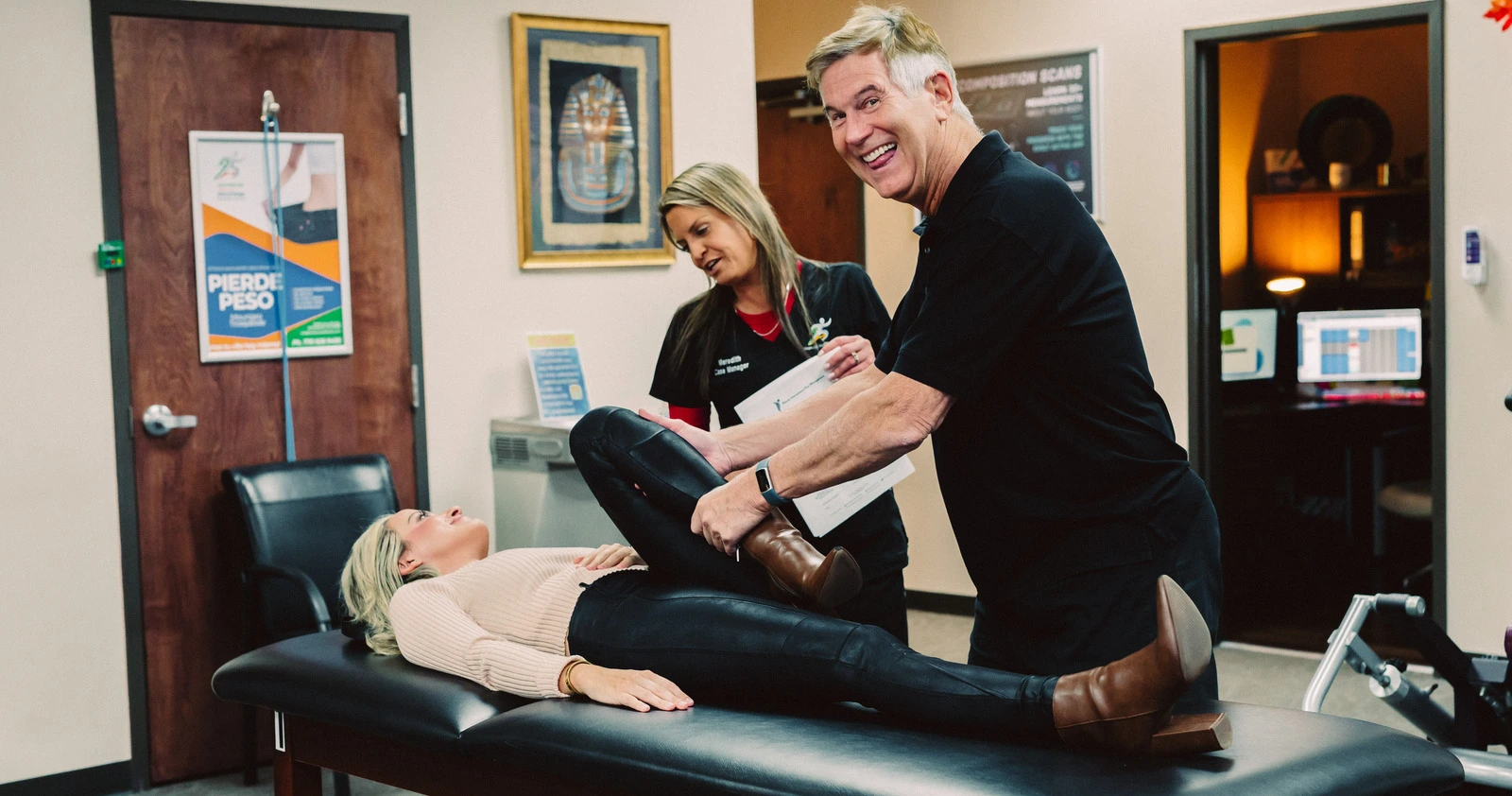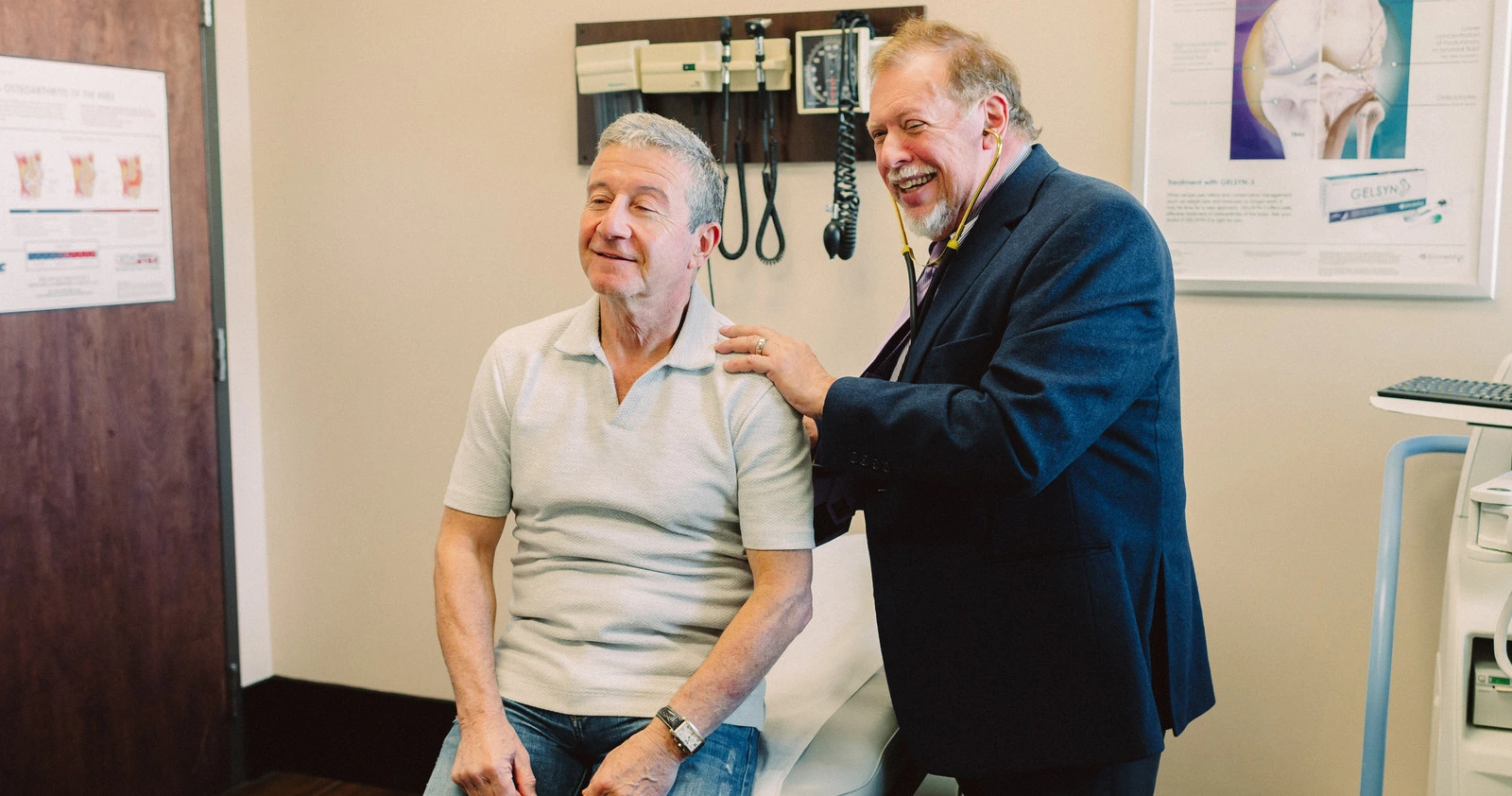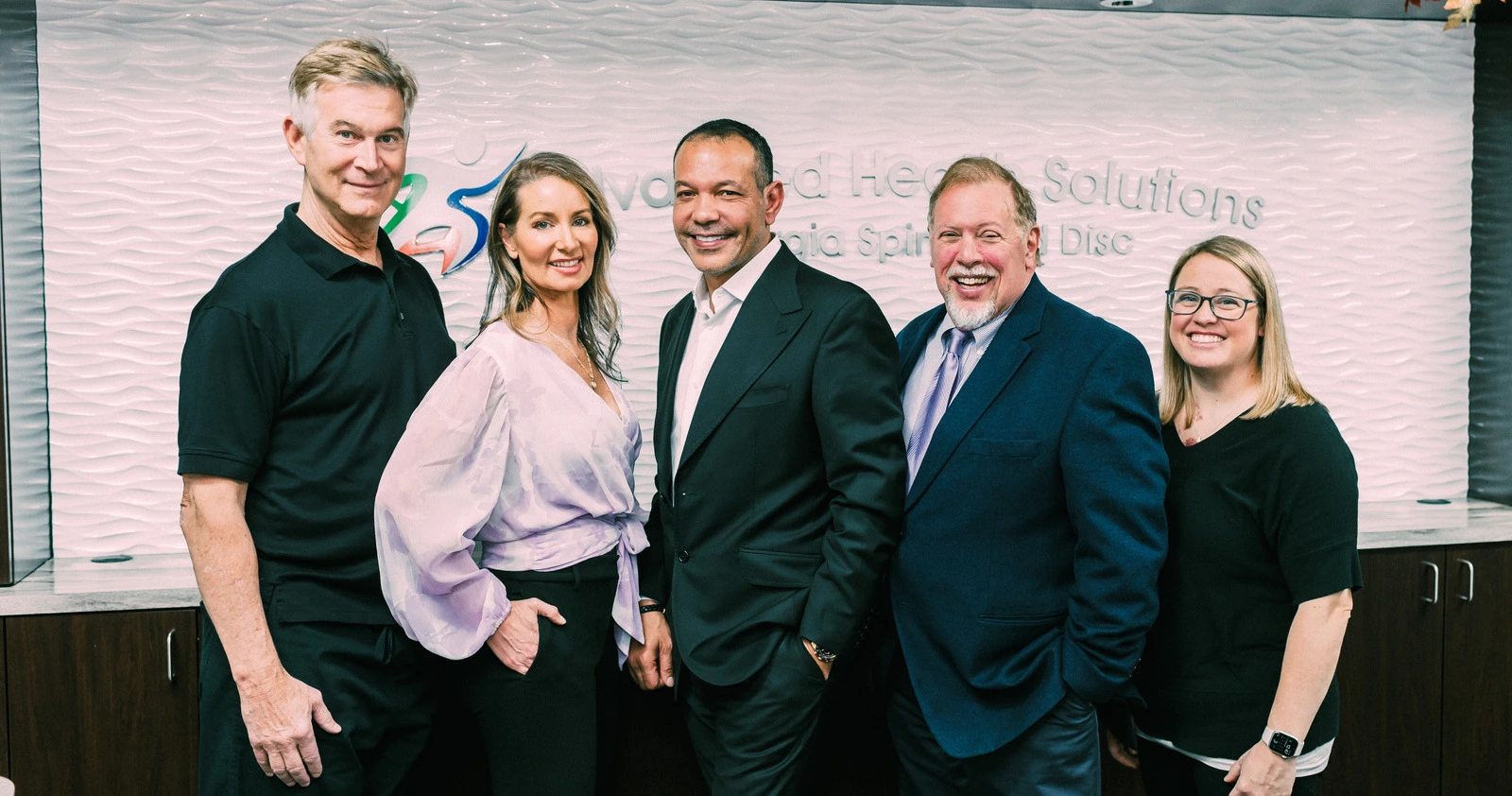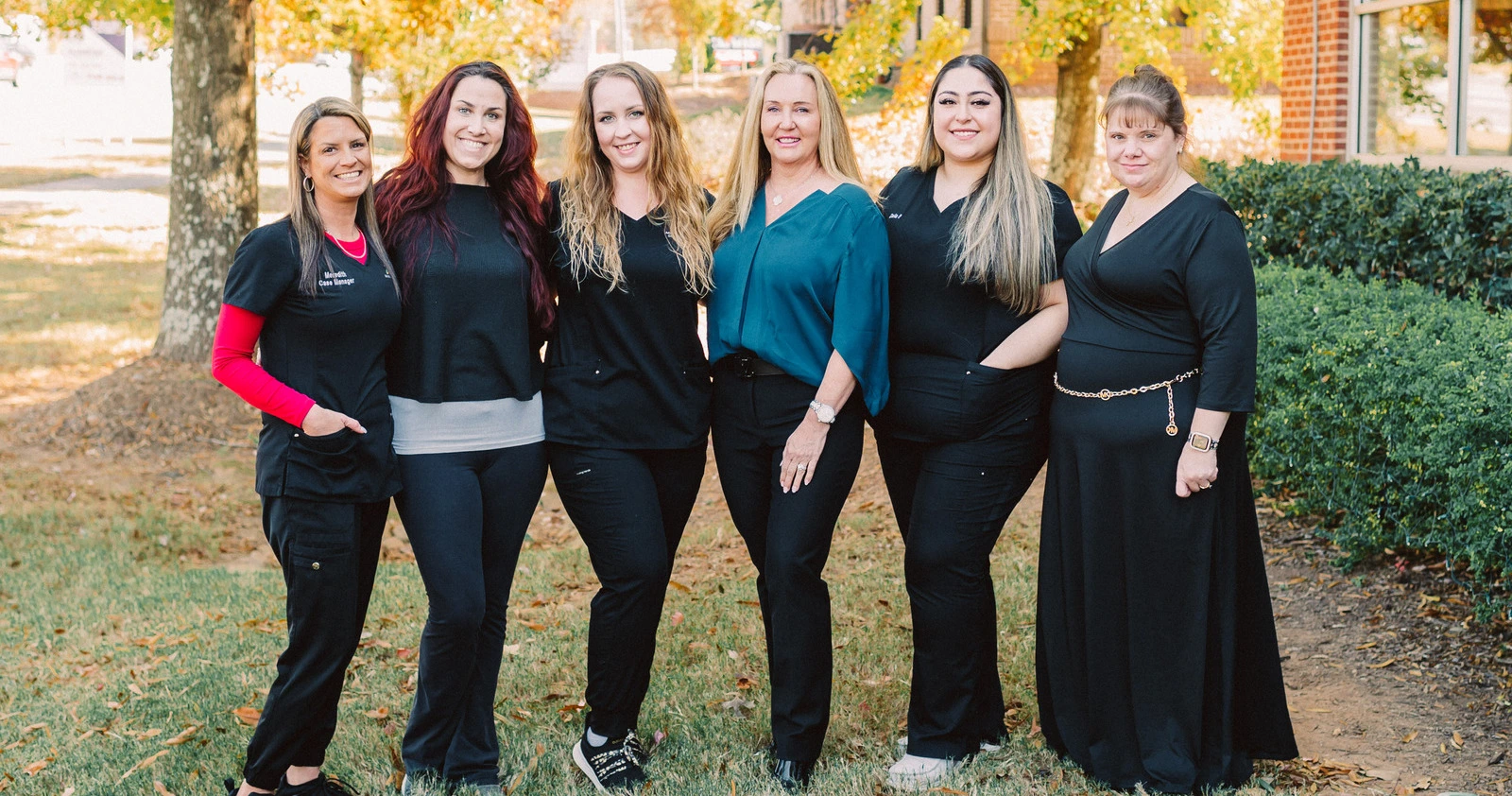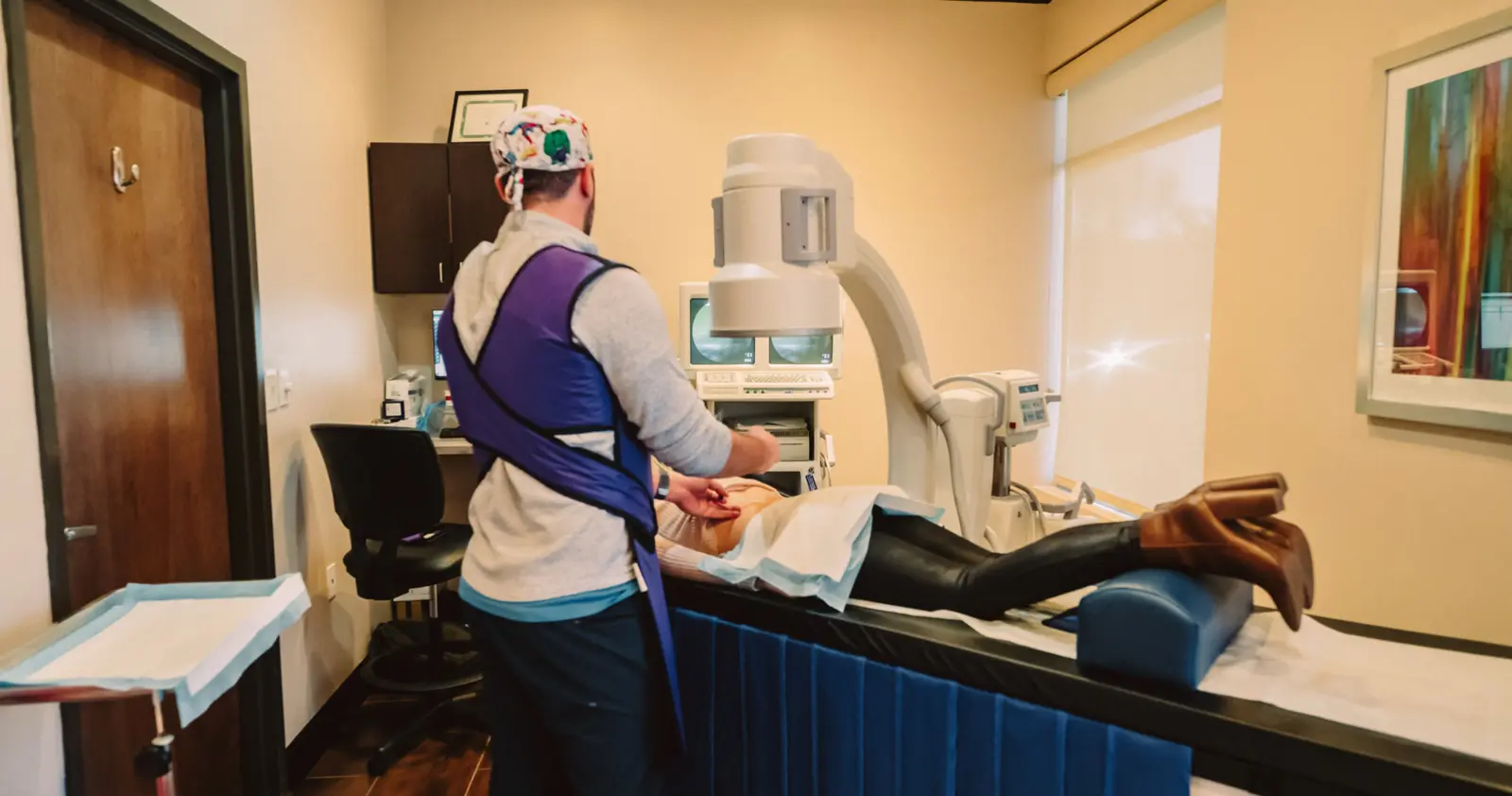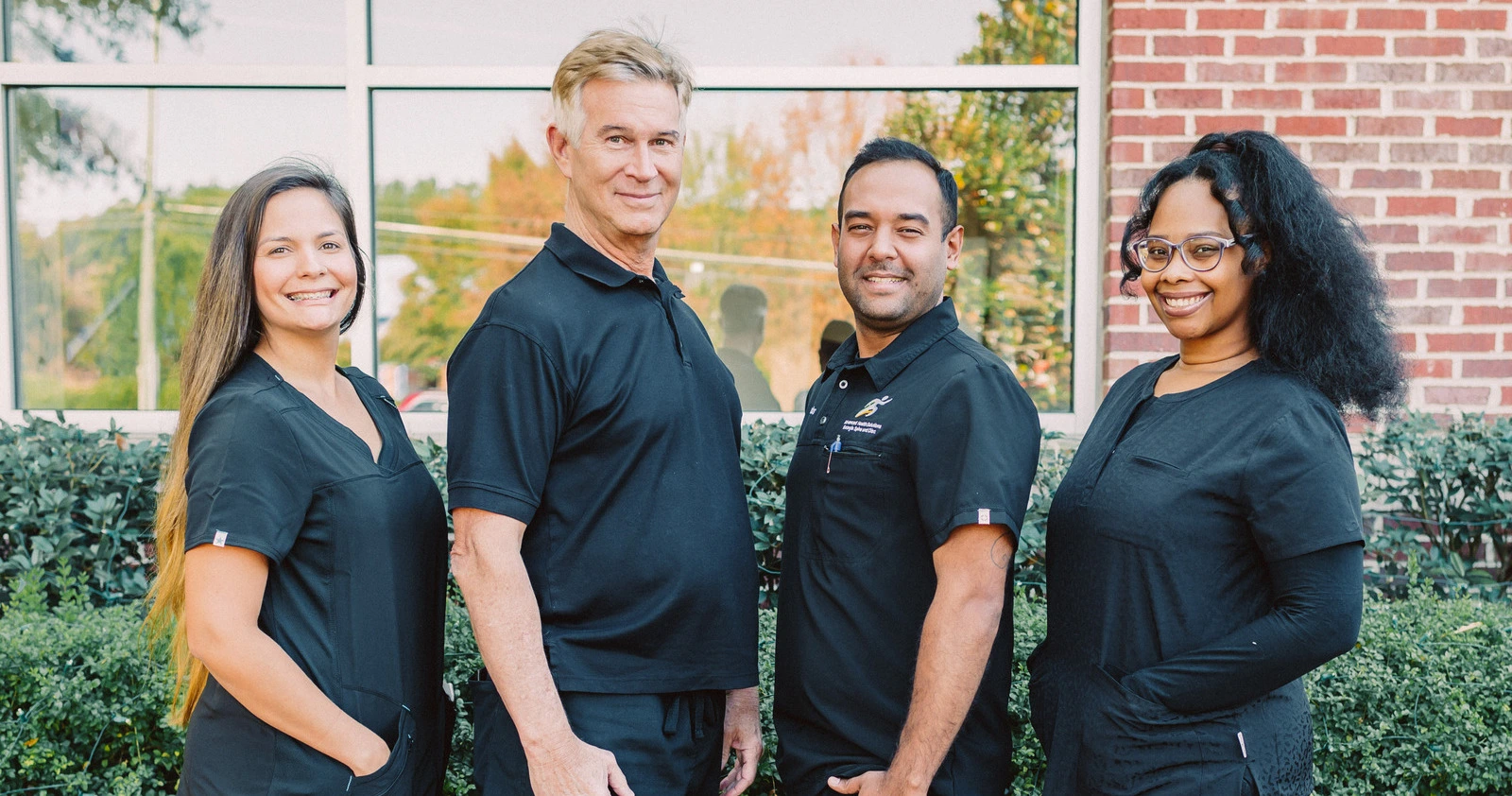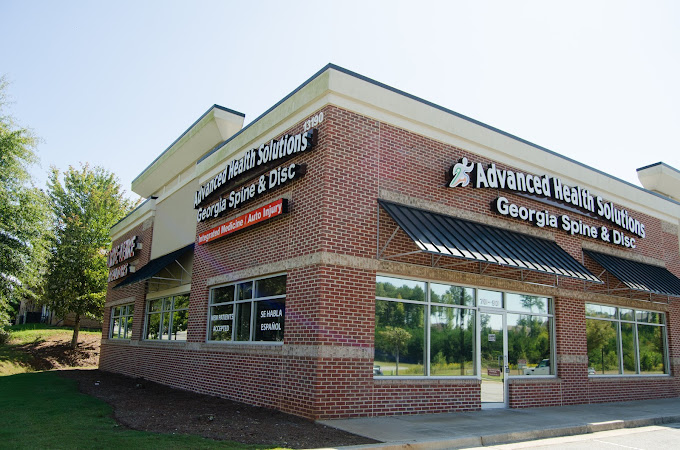
Lower Back Pain Relief
According to the Centers for Disease Control and Prevention, lower back pain is the most common pain reported by Americans, with more than 25% of adults experiencing it over the last three months. In this article, we will share remedies for lower back pain relief Woodstock, and when you should see a healthcare provider for your pain.
Back pain is also one of the most common reasons to miss a day of school or work. While people can experience pain anywhere in their back, it’s most common in the lumbar region, or lower back, which includes the five vertebrae that support a person’s upper body weight.
Lower back pain can be debilitating and can cause other symptoms, such as leg pain. Some people experience a persistent, dull ache in their lower backs, while others have sharp, shooting, or radiating pains.
The everyday strain of sitting at a desk for long periods can result in lower back pain. Other common causes of lower back pain include exercise, nerve compression conditions like sciatica, age, hereditary problems, and non-back-related issues like kidney infections or stones, endometriosis, or fibromyalgia.
No matter what is causing your lower back pain, you may be looking for ways to relieve the pain. First, prioritize seeing a doctor, who can help you determine the cause of your lower back pain and possible treatment options. If your doctor is OK with it, you can also try home remedies for back pain relief.
Lower back pain is very common and can result from a strain (injury) to muscles or tendons in the back. Other causes include arthritis, structural problems, and disk injuries. Pain often gets better with rest, physical therapy, and medication. Reduce your risk of lower back pain by keeping at a healthy weight and staying active.
What Is Lower Back Pain?
Lower back pain can result from many different injuries, conditions, or diseases — most often, an injury to muscles or tendons in the back. Pain can range from mild to severe. In some cases, pain can make it difficult or impossible to walk, work, sleep, or do everyday activities.
Usually, lower back pain gets better with rest, pain relievers, and physical therapy (PT). Cortisone injections and hands-on treatments (like osteopathic or chiropractic manipulation) can relieve pain and help the healing process. Some back injuries and conditions require surgery.
How Common Is Lower Back Pain?
Around four out of five people have lower back pain at some point in their lives. It is one of the most common reasons people visit a doctor.
Some people are more likely to have lower back pain than others. Risk factors for lower back pain include:
- Weight – People who are obese or carry extra weight are more likely to have back pain. Excess weight puts pressure on joints and disks.
- Age – People over 30 have more back pain. Disks (soft, rubbery tissue that cushions the bones in the spine) wear away with age. As the disks weaken and wear down, pain and stiffness can result.
- Overall health – Weakened abdominal muscles can’t support the spine, which can lead to back strains and sprains. People who smoke, drink alcohol excessively, or live a sedentary lifestyle have a higher risk of back pain.
- Structural problems – Severe back pain can result from conditions, such as scoliosis, that change spine alignment.
- Disease – People who have a family history of osteoarthritis, certain types of cancer, and other diseases have a higher risk of lower back pain.
- Occupation and lifestyle – Jobs and activities that require heavy lifting or bending can increase the risk of a back injury.
- Mental health – Back pain can result from depression and anxiety.
Symptoms and Causes of Lower Back Pain
Symptoms of lower back pain can come on suddenly or appear gradually. Sometimes, pain occurs after a specific event, such as bending to pick something up. Other times, you may not know what caused the pain.
Pain may be sharp or dull and achy, and it may radiate to your bottom or down the back of your legs (sciatica). If you strain your back during an activity, you may hear a “pop” when it happened. Pain is often worse in certain positions (like bending over) and gets better when you lie down.
You should visit a doctor to find out the underlying cause of your pain and seek lower back pain relief.
Other symptoms of lower back pain include:
- Posture problems – Many people with lower back pain find it hard to stand up straight. You may stand “crooked” or bent, with your torso off to the side rather than aligned with your spine. Your lower back may look flat instead of curved.
- Stiffness – It may be hard to move or straighten your back. Getting up from a seated position may take a while, and you might feel like you need to walk or stretch to loosen up. You may notice a decreased range of motion.
- Muscle spasms – After a strain, muscles in the lower back can spasm or contract uncontrollably. Muscle spasms can cause extreme pain and make it difficult or impossible to stand, walk or move.
What Causes Lower Back Pain?
Many injuries, conditions, and diseases can cause lower back pain. They include:
- Fractures – The bones in the spine can break during an accident, like a car crash or a fall. Certain conditions (such as spondylolysis or osteoporosis) increase the risk of fractures.
- Strains and sprains – Back strains and sprains are the most common cause of back pain. You can injure muscles, tendons, or ligaments by lifting something too heavy or not lifting safely. Some people strain their back by coughing, sneezing, twisting, or bending over.
- Disk problems – Disks cushion the vertebrae (small spinal bones). Disks can bulge from their position in the spine and press on a nerve. They can also tear (herniated disk). With age, disks can get flatter and offer less protection (degenerative disk disease). So, you need to visit a doctor to seek lower back pain relief.
- Arthritis – Osteoarthritis is the most common type of arthritis that causes lower back pain. Ankylosing spondylitis causes lower back pain, inflammation, and stiffness in the spine.
- Structural problems – A condition called spinal stenosis happens when the spinal column is too narrow for the spinal cord. Something pinching the spinal cord can cause severe sciatic nerve pain and lower back pain. Scoliosis (curvature of the spine) can lead to pain, stiffness, and difficulty moving.
- Disease – Spine tumors, infections, and several types of cancer can cause back pain. Other conditions can cause back pain, too. These include kidney stones and abdominal aortic aneurysms.
- Spondylolisthesis – This condition causes the vertebrae in the spine to slip out of place. Spondylolisthesis leads to lower back pain and often leg pain as well.
Remedies to Relieve Back Pain
-
Exercise and Movement
If you are suffering from lower back pain, staying active may feel counterintuitive. But appropriate exercise and movement can both prevent back pain and help relieve it.
Building strong core muscles is one way to take the load off your back so you are less likely to experience lower back pain. Gentle strengthening exercises such as yoga, tai chi, or pilates, can help strengthen and stretch your abdominal muscles, legs, and your hips, which can help improve or prevent back pain.
If you are tempted to stay on the couch, know this: Studies suggest exercise treatment can improve back pain intensity anywhere from 10-50%!
You can even do some movements while lying down: Try lying on your back on the floor, bringing each knee, then both, to your chest a few times, or gently tilting your pelvis up. Swimming can also help relieve back pain without straining already-sore muscles.
Avoid activities that make your pain worse to prevent back spasms and facilitate healing. Sit-ups, leg lifts, toe-touches, and high-impact activities like running or heavy weightlifting may make things worse.
If you are in significant pain and not sure which exercises are best for you, consult your doctor for advice. A physical therapist can also help recommend exercises to improve lower back pain.
-
Stretching
Stretching your lower back muscles is another way to improve acute lower back pain. One study reports weekly yoga classes or intensive stretching can be effective at both reducing lower back pain and increasing mobility. You won’t need any fancy tools to stretch your way to back relief.
Common yoga stretches such as child’s pose or a cat-cow stretch—or a basic knee-to-chest stretch—may provide lower back pain relief, especially if you have tight muscles.
You can also try gently twisting your spine while sitting down to loosen muscles and improve mobility. Avoid any movements that cause spasms or severe pain.
-
Hot and Cold Therapy
If you have ever suffered from sore muscles, you have probably wondered whether hot or cold therapy is a better treatment option. Studies suggest both thermotherapy (heat) and cryotherapy (ice) can relieve back pain, especially if they are accompanied by medication.
Not sure which option is best for you? Cold packs or ice can decrease swelling and inflammation in the back, especially if the pain is caused by an injury. Ice is most effective when you use it within 72 hours of an injury or strain.
If you don’t have an ice pack on hand, try a frozen towel or a bag of frozen vegetables—just make sure to wrap the bag in a cloth to avoid ice burn on your skin. Usually, about 20 minutes is enough to reduce inflammation.
Heating pads, heat packs, or hot baths can help relax stiff or tight muscles in the back because heat stimulates blood flow.
It is best to hold off on heat therapy until swelling or inflammation from your initial injury has subsided, usually 72 hours or so after the inciting event. For some people, 10 or 15 minutes of heat is enough to improve symptoms; other times, 20-30 minutes is ideal.
-
Restorative Sleep
Anytime you are healing from an injury or sickness, your body needs more rest—and lower back pain is no exception. In general, lack of sleep is associated with increased health risks, from compromising the immune system to increasing blood pressure and migraines.
That said, full-blown bed rest isn’t necessary for most people’s back pain—in fact, it could actually do more harm than good. Spending too much time in bed can cause your muscles to lose their strength and conditioning, which could worsen symptoms.
To get the most out of your rest, focus on how you sleep when you are in bed. If you are experiencing lower back pain, it may be tough to find a comfortable position.
According to the Sleep Foundation, one of the best positions for sleeping to get lower back pain relief is on your side with your knees slightly bent. To prevent lower back pain, sleeping on your back with your knees slightly elevated by a pillow can keep your spinal cord aligned and reduce stress on your lower back.
Your mattress can also affect the quality of sleep, especially if you have lower back pain. Generally, aim for a softer mattress if your waist is narrower than your hips; if your waist and hips are about the same width, you may benefit from a firmer mattress.
-
Good posture
Maintaining correct posture can play a big role in reducing and preventing lower back pain by easing pressure on your lumbar region. As a goal, try to keep your head centered over your pelvis and avoid slouching your shoulders forward or craning your chin. Ergonomics, or your work setup, can also impact your lower back.
Studies suggest sitting for long periods in awkward positions can promote back pain. You can prevent strain with lumbar support on your chair. Always try to rest your arms evenly on your desk, and keep your eyes level with the top of the screen instead of looking up or down. It may help to invest in a riser for your laptop or computer monitor.
Lastly, because sitting for most of the day can cause a stiff back or strain in your lower back, try to get up every hour or two to stretch and walk. If you need help remembering, set a timer! The extra effort is worth preventing an episode of lower back pain.
-
Wear Proper Shoes
Wearing unsupportive shoes can result in poor alignment in your back and hips, which can trigger lower back pain. To reduce both lower back pain and prevent it altogether, invest in comfortable, sturdy shoes with ample arch support and cushioning.
Well-fitting shoes are just as important as any shoe’s features—if you are not able to walk or move correctly, you could unknowingly strain your back.
Not sure what type of shoes to get? Many shoe stores can assist customers with everything from proper fit to orthotic insoles, which have been shown to help with lower back pain and function.
-
Reduce Stress
Chronic stress can take a major toll on your overall health and well-being, including causing muscle tension in your back and surrounding areas. Stress can also lead people to make lifestyle decisions that promote lower back pain, such as staying in bed or avoiding exercise. To reduce stress, try talking to a trusted loved one or a therapist.
Practicing mindfulness or meditation can help reduce stress levels, as can deep breathing exercises and journaling.
And while we all have busy schedules and no shortage of demands at work and home, do your best to carve out time for rest and things you enjoy, whether spending time with friends and family or participating in your favorite hobbies.
Exercise has also been shown to reduce stress and improve mental health, which in turn may help provide lower back pain relief (along with decreasing your long-term risk of disease).
-
Over-The-Counter Medications
By reducing inflammation and swelling, over-the-counter (OTC) pain relievers can also improve lower back pain. The most common OTC medications for back pain include ibuprofen (Advil or Motrin), acetaminophen (Tylenol), and naproxen.
Ibuprofen and naproxen are in the same family, so only use one of these at a time, but either can be combined with acetaminophen. You may find that taking any of these OTC medications in conjunction with other non-pharmaceutical low-back pain remedies significantly improves your symptoms.
Muscle rubs and patches such as Aspercreme, IcyHot, or Salonpas applied over the area of pain can be soothing as well.
Always follow the instructions on the medication label and, if your lower back pain isn’t improving at all when you take OTC medication, visit a healthcare professional.
When to See a Healthcare Professional
If you are experiencing pain in your lower back, a healthcare professional can help you determine the cause and treatment options that can alleviate symptoms.
While home remedies for lower back pain may prove helpful, it is important to check with your provider before trying something on your own at home.
If you are experiencing any severe pain, pain after a fall or injury, numbness or weakness of your legs or groin area, or any difficulty with bowel movements or urination, you should go to a doctor for proper medical evaluation right away.
And while most back pain does improve within a few weeks, consult a doctor for any pain that is not improving after two weeks.
Lower Back Pain Relief
If you are suffering from lower back pain, contact or visit Advanced Health Solutions – GA Spine & Disc to get medical assistance. We can help you determine the underlying cause of your pain and get lower back pain relief Woodstock.
Call us at (770) 212-3991 or contact us online to book an appointment!
Lower Back Pain Relief


